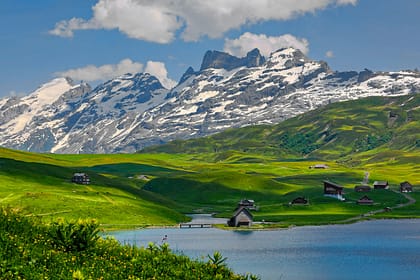Have you heard of Switzerland? It’s a stunning country with towering mountains, peaceful lakes, and charming old towns. But there’s something you might not know. All over Switzerland, you can find lots of small bunkers hidden in the countryside. These bunkers have been there for many years. Why? The Swiss built them to keep people safe in case of trouble. These bunkers protected families during hard times. They show how much Switzerland wants to protect its people. Tourists can even visit some of these bunkers now. They remind us that Switzerland values safety and being able to take care of itself.
A Brief History of Swiss Bunkers
When World War II broke out, Switzerland started building shelters to protect its people from the ongoing conflict raging in neighboring countries. At first, these structures were straightforward underground bunkers made of reinforced concrete. However, as the threats of nuclear and conventional warfare continued, the designs of these bunkers became more and more complex and sophisticated over time. Today, according to the Swiss Federal Office for Civil Protection, there are over 20,000 bunkers scattered throughout Switzerland, and this number keeps increasing steadily.
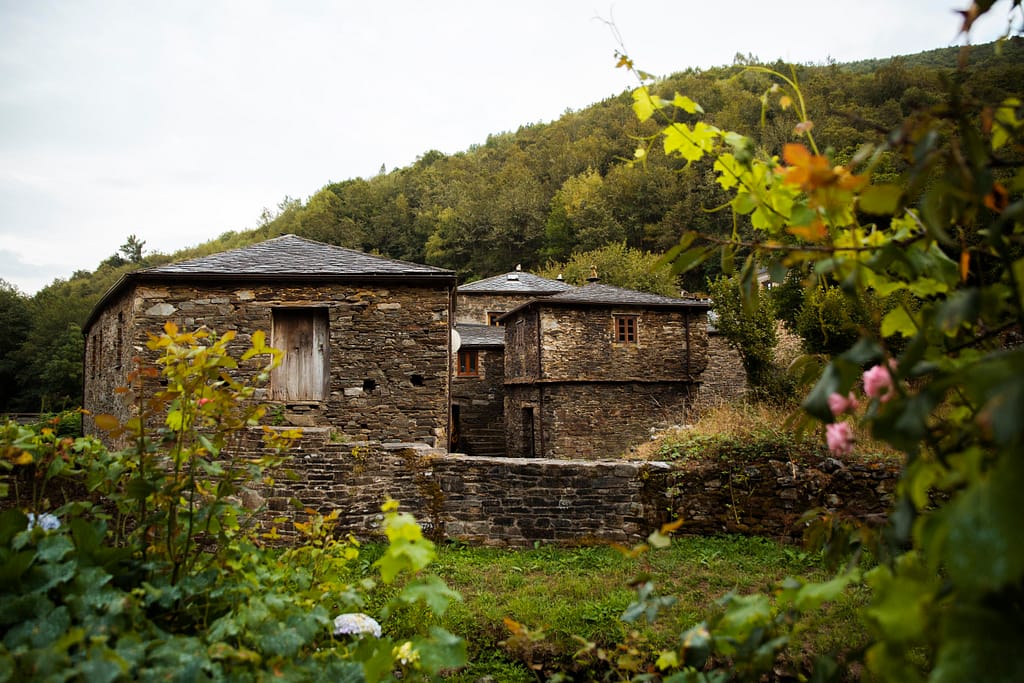
The initial bunkers constructed during World War II were simple, reinforced concrete shelters built underground to provide basic protection from potential bombings or attacks. They were designed to be sturdy and offer a safe haven for civilians in case of emergencies. These early bunkers were practical and focused on functionality over elaborate designs. As the war progressed and the dangers of modern warfare became more apparent, the Swiss realized the need
The Impetus for Construction
During World War II, when France fell to the Axis powers in 1940, Switzerland was worried. You see, the Swiss had declared they would stay neutral in the war. But they were super scared that the Axis might attack them too. So the Swiss government decided to build a whole bunch of bunkers everywhere, to keep people safe if there was an attack. These bunkers were like big underground shelters where folks could hide. The Swiss built them fast, because they wanted to show they were ready to defend their country. Having all those sturdy bunkers made it clear to any potential enemies that Switzerland was prepared and wouldn’t be an easy target. The leaders hoped the impressive bunker network would
Modern Developments in Bunker Design
World War II might have ended, but Switzerland didn’t stop building bunkers. They were super focused on staying neutral and being prepared. So, when the Cold War started, they went all out! Lots of old bunkers got upgrades like new bathrooms and kitchens. But they also built brand new, high-tech bunkers that could survive a nuclear attack. These weren’t just basic shelters – they were full-on complexes with everything you’d need to live comfortably underground for a long time.
Switzerland wasn’t taking any chances during the Cold War. They wanted to be ready for anything, no matter how unlikely or extreme it seemed. Building nuclear-proof bunkers showed just
Reasons Behind Swiss Bunker Culture
Switzerland has a long tradition of building and maintaining underground shelters, known as bunkers. The country’s bunker network is massive, with facilities scattered across the nation. There are several deep-rooted reasons behind this extensive bunker system, all tied to Switzerland’s unique history and national mindset.
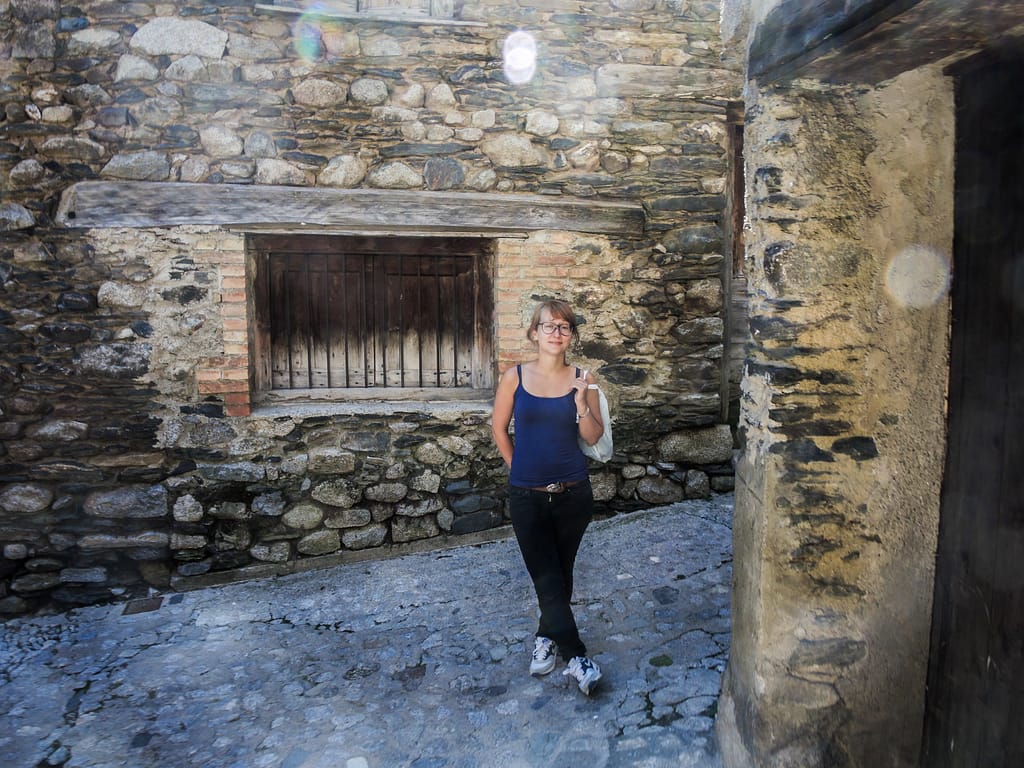
A Commitment to Neutrality
Neutrality is a super significant idea in Switzerland, and the nation’s military bunkers are an actual, physical representation of how serious they take that stance. By putting a lot of time, money, and effort into building places where people could hide and be safe if there was ever a war or some other kind of conflict, Switzerland wasn’t just getting ready in case something bad happened. They were also sending a clear message that they were determined to stay neutral no matter what, even if it meant going to great lengths and making big sacrifices. These bunkers show that Switzerland will
A Citizen’s Right to Shelter
In Switzerland, safety is seen as a societal responsibility. The Swiss believe that every citizen deserves protection, no matter what’s happening on the global stage. Bunkers are built to reflect this commitment to keeping people safe. The government has an agreement with its citizens – no matter what conflicts or wars are happening around the world, the Swiss people will be protected and have a secure place to take shelter if needed. Building bunkers is a way for the government to uphold its side of this social contract. Providing.
Emergency Preparedness as a Cultural Trait
Swiss people are known for being ready for anything and being able to take care of themselves. Building and keeping underground shelters is part of this mind-set. It shows the “Be Prepared” motto that Swiss people live by, like Boy Scouts. In Switzerland, being self-sufficient and prepared is highly valued. Having private bunkers is an example of this Swiss way of life. The bunkers show how serious the Swiss are about being ready for emerg.
Tourism and the Legacy of Bunkers
Do you ever wonder about those huge, concrete bunkers in Switzerland? They was initially built for a practical reason: to keep people safe during emergencies or wars. But nowadays, these old bunkers have become fascinating tourist spots! Visitors can explore these unique structures and learn all about Switzerland’s history, especially the fears and concerns that led the country to prioritize safety and security in such a big way. It’s like stepping back in time and getting a firsthand look at it.
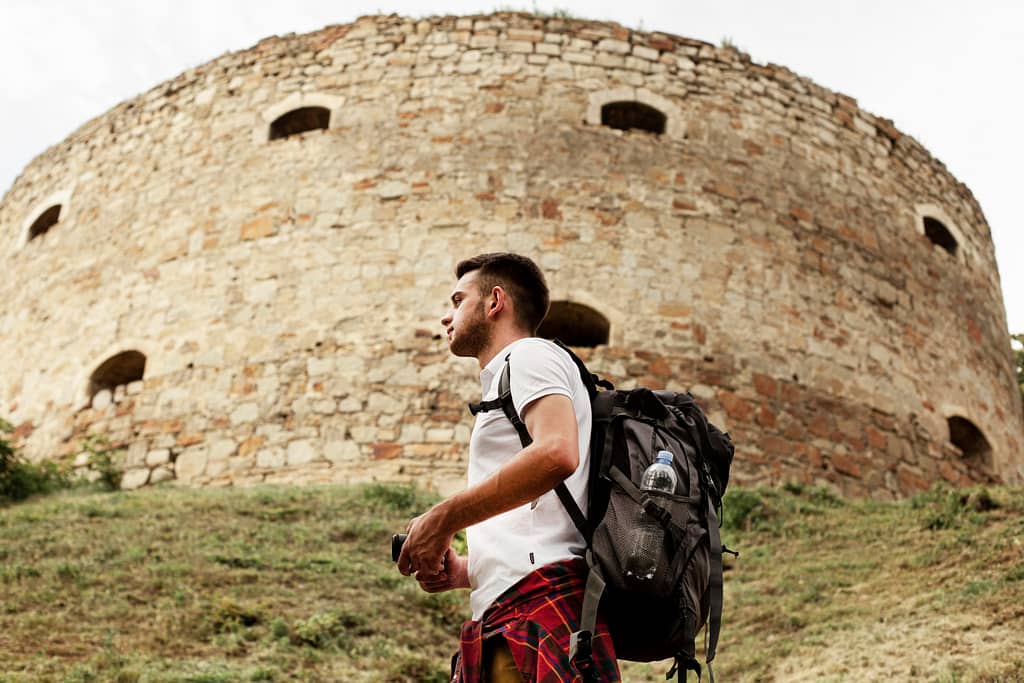
Bunkers as Historical Artifacts
Many of Switzerland’s bunkers are now open to the public and are preserved as historical sites. They offer visitors a unique opportunity to understand Switzerland’s wartime strategies, advances in military technology, and the impact of global conflicts on smaller nations.
A Testament to Swiss Resourcefulness
Swiss engineering and resourcefulness are on full display in these bunkers. The innovation required to construct, maintain, and continuously improve such structures in often challenging and remote locations has garnered international interest and respect.
Ensuring Future Safety
Switzerland has a strong dedication to maintaining and updating its system of underground bunkers. This isn’t just a holdover from the past – it’s an ongoing policy that gets updated to handle potential future dangers. The country continues improving its bunker network, making sure it stays modern and well-equipped. After all, you can never be too careful when it comes to preparedness. Even in relatively peaceful times!

Adapting Bunkers for New Threats
While the threat of conventional warfare has diminished, the Swiss continue to update their bunkers to protect against new threats, such as cyber-attacks and environmental disasters. This forward-looking approach ensures that the bunkers retain their relevance in the modern age.
Training and Cyclical Maintenance
The bunkers play a crucial role in Switzerland’s system for training and maintaining readiness among its civil defense personnel. Regular drills and maintenance cycles not only keep the bunkers functional but also help ensure the Swiss population’s preparedness in the event of an emergency.
The Swiss Bunker Network Today
The Swiss bunkers stand as a unique and telling facet of the country’s landscape. They are a physical representation of the nation’s commitment to the safety and well-being of its people and a testament to the impact of historical events on the shaping of cultures and policies.
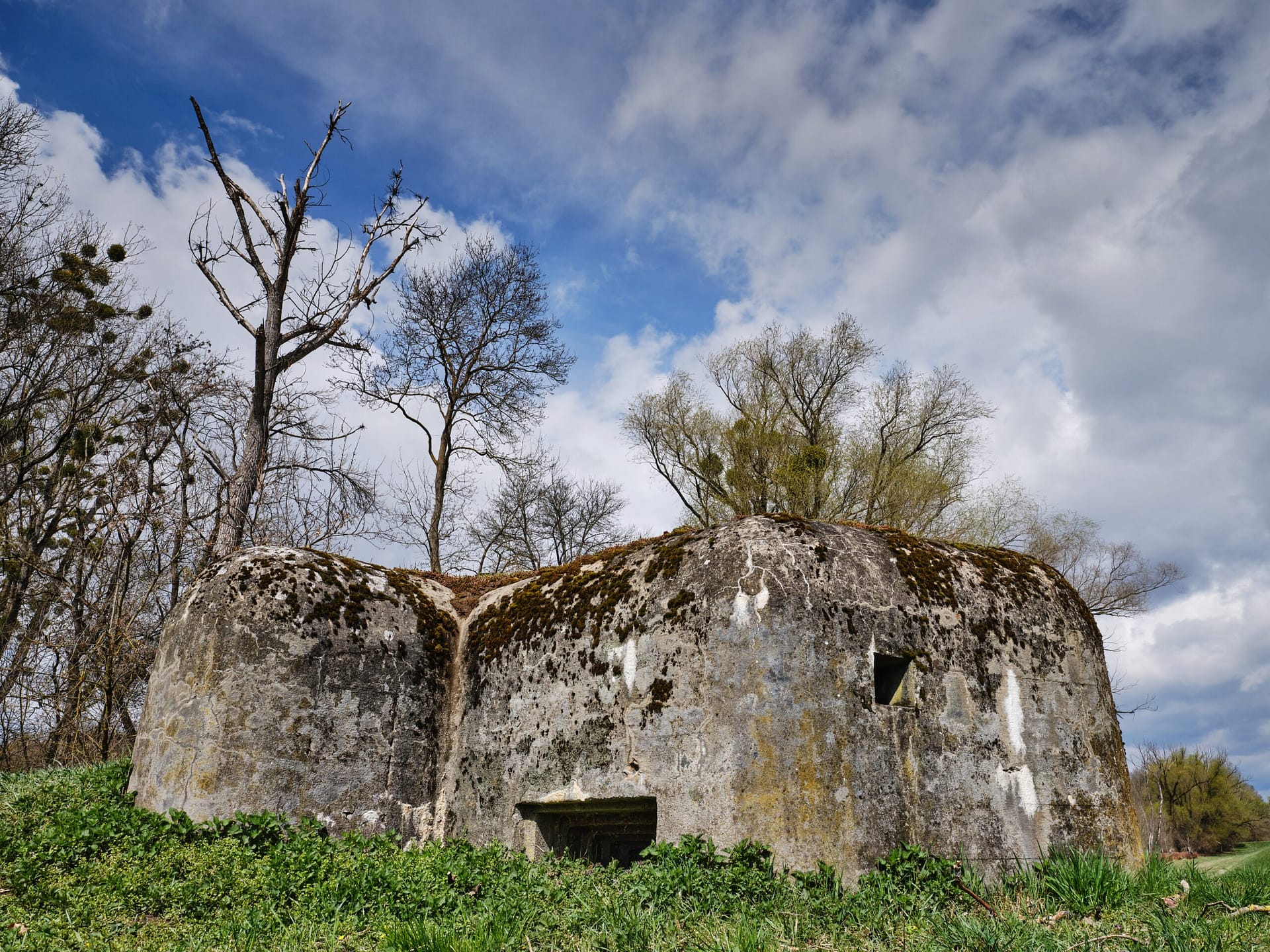
Preservation for Posterity
The Swiss government, along with various local organizations, actively works to preserve these bunkers. Not only do they safeguard these structures against natural decay, but they also protect the stories that these bunkers contain, ensuring they are passed down to future generations.
A World Heritage of Safety
Switzerland has some awesome underground shelters. They keep updating them to be ready for the future. Many parts of the world don’t have shelters or safety measures like this.
While other regions deal with danger and war, Switzerland’s shelters give people peace of mind. These bunkers show how planning ahead can safeguard citizens for years. As the world gets unpredictable, Switzerland is an example of protecting people properly.
Travelers, history buffs, and prep enthusiasts should check out the Swiss bunkers. You’ll learn a ton about how politics, culture, and safety mix in Europe. Since Switzerland values shelters, other nations can follow their lead to keep people secure in an uncertain world.
Frequently Asked Questions (FAQs)
Can the public visit all Swiss bunkers?
Many Swiss bunkers are closed to people. Some have changed into museums or places to learn history. But others are still in use and cannot be visited for safety reasons.
How many bunkers are there in Switzerland?
Switzerland has many bunkers. There are between 20,000 to 25,000 bunker buildings. They range from small shelters to big underground complexes. Some bunkers are tiny. Others are huge with many tunnels and rooms.
Are Swiss homes still required to have bunkers?
Switzerland had rules for building new homes. Before, new houses must have a place to hide from nuclear bombs. The law changed, so new homes don’t need that hiding place now. But, there are still many places for people to hide all over the country.
What are the most common uses for decommissioned bunkers today?
Old bunkers from Switzerland are being used for new things. They became places like data centers, museums, wine storage, and hotels. Their special styles let them work well for different uses in new ways.
How does Switzerland maintain its bunker network?
Federal, state, and local leaders work together to keep Switzerland’s underground shelters in good shape. Checkers look at working bunkers often. This makes sure they are ready for use. Old bunkers are kept for history. Or they get changed and used for other things.



